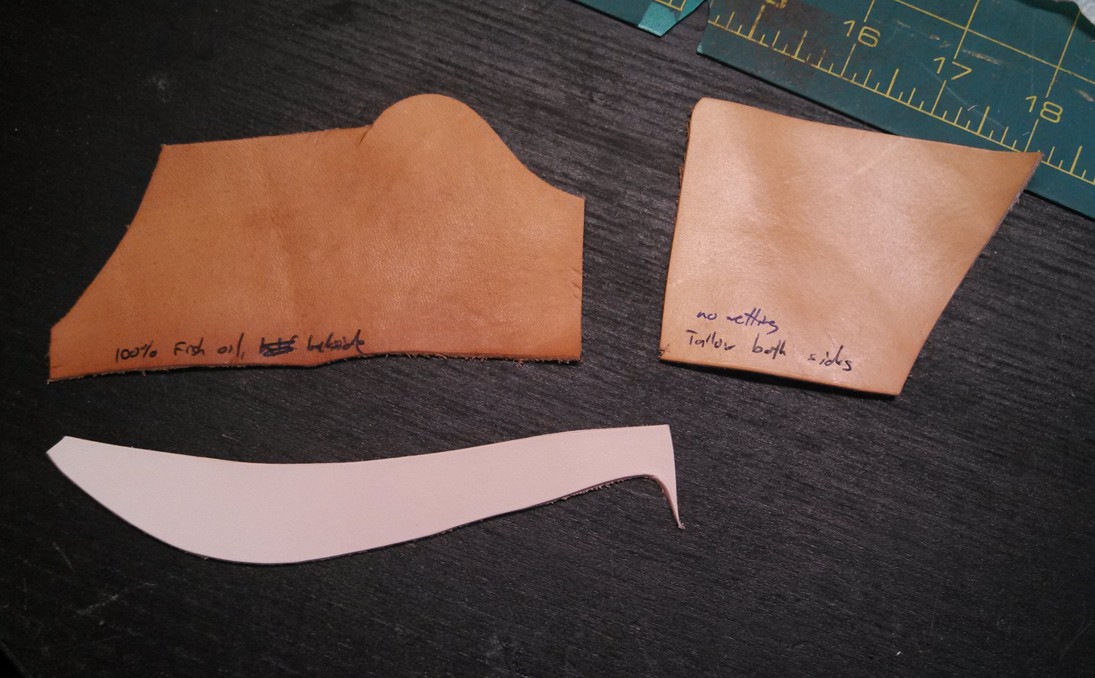This pair is based on a 1350s extant piece documented in “Archeological Footwear” authored by Dr. Marquita Volken. The pattern comes from an unusual extant shoe which has an oval cutout on the inside of the shoe, along with a buckle strap to close the shoe around the foot. This shoe also has a binding strip all the way around the shoe including the strap, and is quite a pretty example of a medieval shoe. A few points of note – the original has the buckling on the inside of the shoe (it is easier to buckle your shoe this way while sitting down or standing up), but it unfortunately hides the pretty cutout and the buckle. As a result, the recipient asked that the buckle be placed on the lateral (outside) of the foot, rather than the medial side. Further, you will notice a rather thick sole – this was constructed as a turn-welt shoe, even though that particular style doesn’t really start to come about until the third quarter of the 15th century. I took several cues from Dr. Volken’s book in the construction of this pair, and I’m particularly pleased with the way they worked out. The decoration is inspired by several extant 14th century pieces with lines of decoration across the vamp of the shoe.
Let me share some of the techniques that I tried, starting with the binding strip. Although I’d done binding strips in the past, this was the first time that I’d done it in this manner.
Continue reading 1350s Shoes from Fischmarkt



